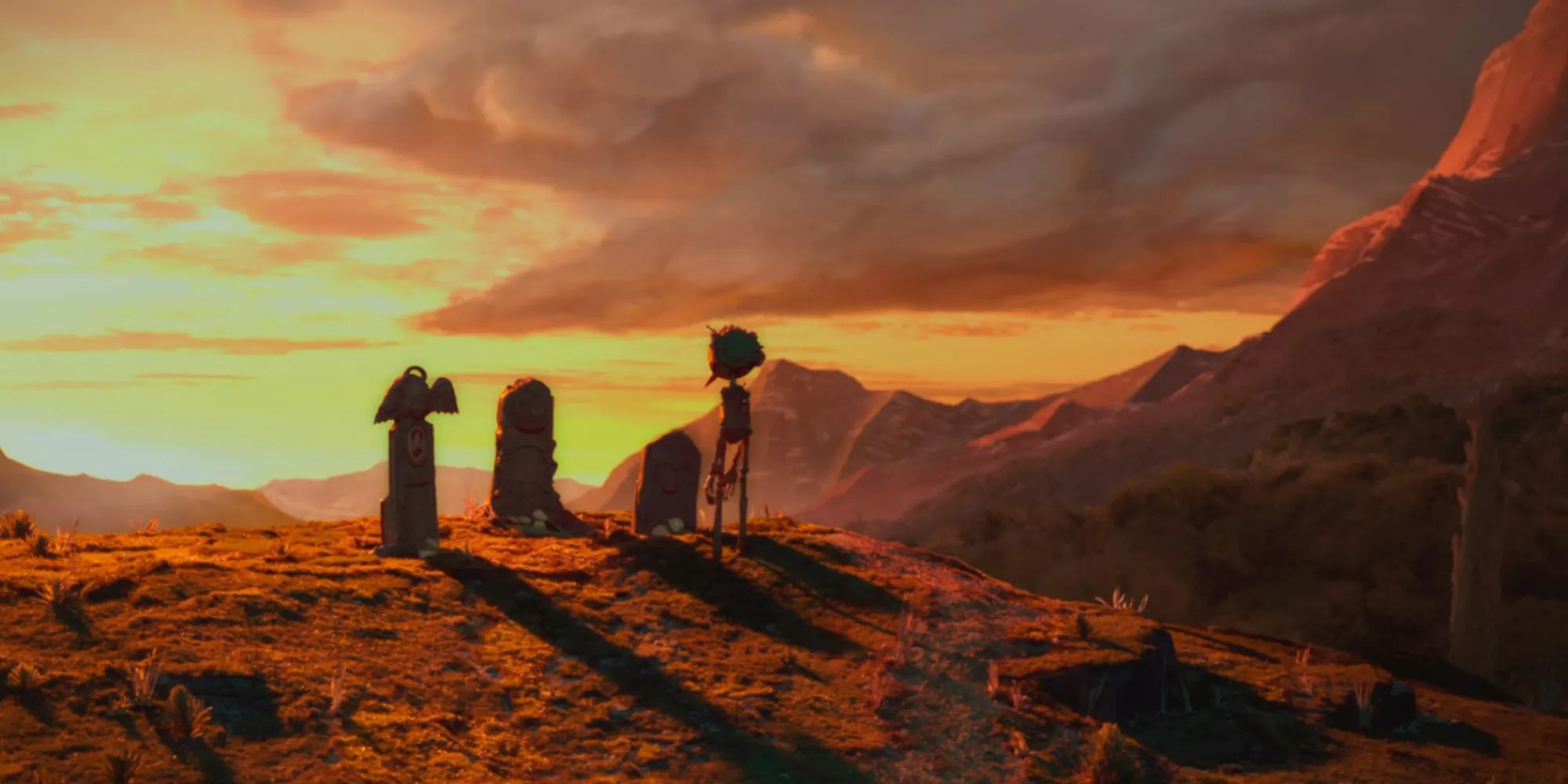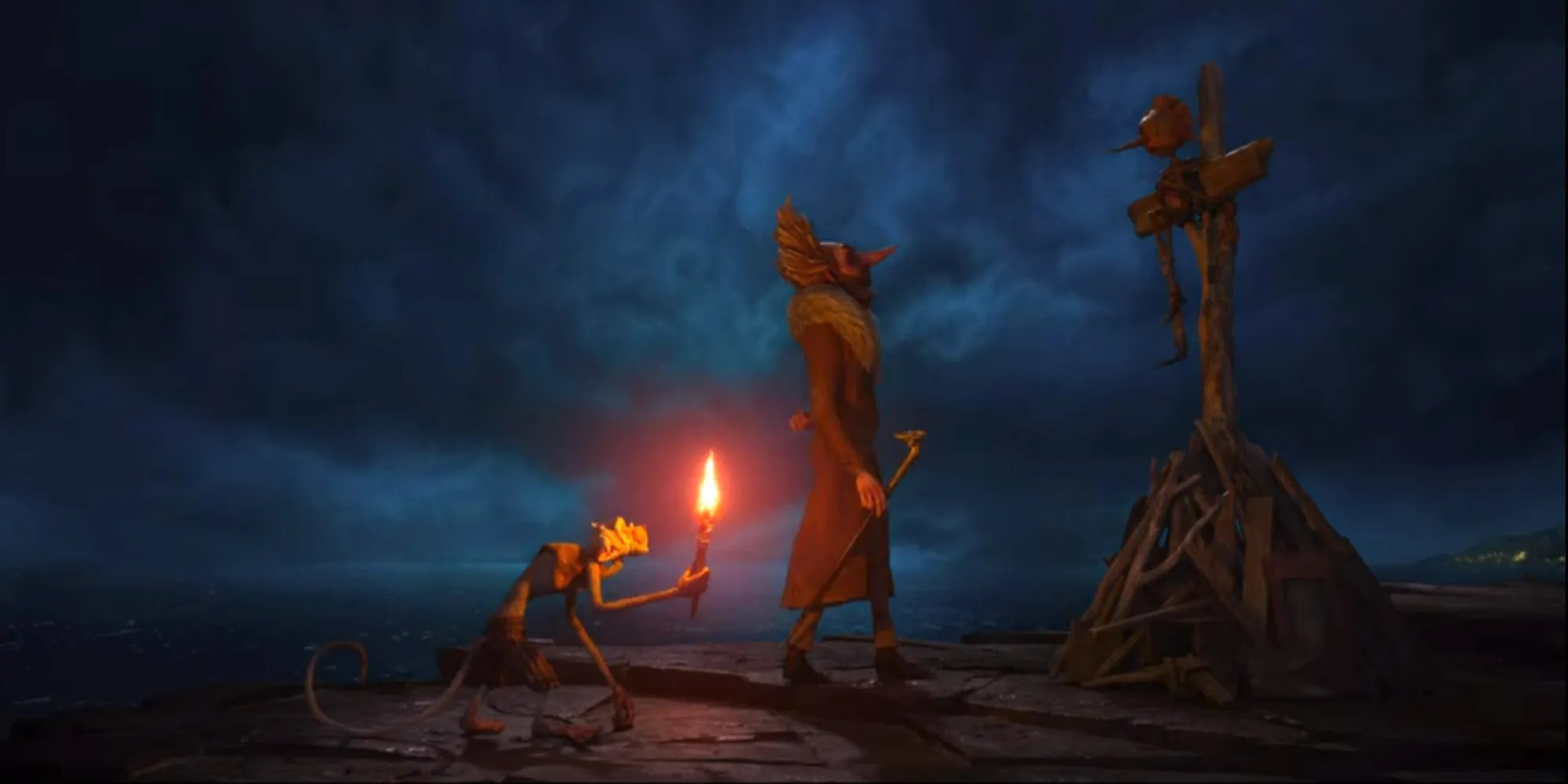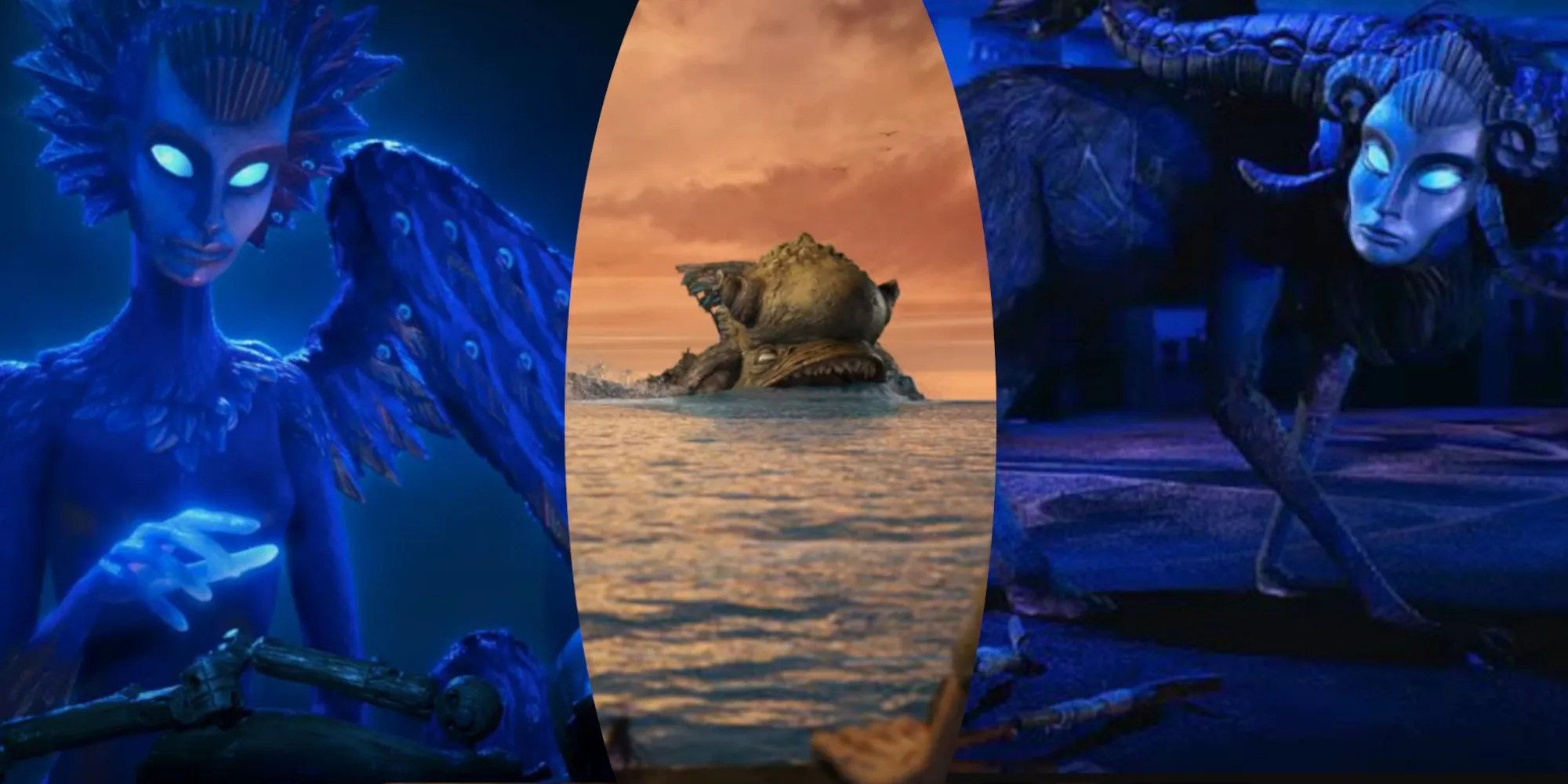Apart from sharing a name and a similar storyline, Guillermo Del Torohas made numerous changes to the classic Disneytale, creating a unique version of events with his own distinctive style.Pinocchiogets a shot at stop-motion animation this time around (with detailed behind-the-scene footage available on Netflix).
RELATED:Most Iconic Live-Action Princesses In Movies, Ranked
This dark and twisty take on a puppet coming to life does not prioritize highlighting its heartwarming and jovial aspects but stillmanages to capture Pinocchio’s silly sideand discuss serious subjects in a relatively lighthearted manner; enjoyable for adolescents and adults alike.
Warning: Spoilers Ahead
9Jiminy Cricket - Sebastian J. Cricket
Sebastian is a globe trotter (voiced by Ewan McGregor) who wants nothing more than to settle down and write his memoirs, but when he makes his home in a particular pine tree, all his plans get thrown out the window. Much like Disney’sJiminy Cricket, this blue bug plays the violin and acts as Pinocchio’s mentor, but does more to add to the comic relief than contributing to rectifying the youngster’s moral compass.
Not to say that Jiminy Cricket doesn’t try; Death does a better job at teaching the puppet about the purpose of life than the artistic insect. Much like the rest, Sebastian’s character design dips deeper into the fantasy realm and makes a minimal effort to be cute and humanoid, and, as hard as he tries, the poor Cricket never gets his moment of fame with a solo song.

Disney’sLampwick also gets a subtle name-change to Candlewick, who both deal with the intricacies of obedience.
8Scare Factor
Guillermo Del Toro’s version of Pinocchio gives out strongCoralinevibes; a cute, children’s story with a creepy twist.Classic Disneymovies are generallysuitable for all ages. However, sensitive young viewers should probably give this one a skip. Dealing with complex themes of Death, demons, war, religion, Fascism, and even child soldiers, Pinocchio may inspire some tough questions from a juvenile audience.
RELATED:Creepy Moments In Otherwise Wholesome Anime
This creative genius has made little effort to emphasize his characters' cuteness factors nor downplay the world-building for the sake of sentimentality. It instead opts for an all-out mythological theme with fantastical creatures and toe-curling monstrosities.
7Geppetto’s Mean Streak
Unlikethe lovable Disneyrendition,Guillermo’s Geppetto is a little rusty around the edges, having fallen down the social ladder after suffering incredible hardships and often seeking solace at the bottom of a bottle. Already dealing with a missing wife (dead or divorced, it is unclear), Geppetto becomes inconsolable when his dearest Carlo is killed in a horrific bombing.
As a result, he is harsh and overly critical towards poor Pinocchio, dissatisfied with how different the puppet is from his well-mannered son. He was once a toymaker (and sculptor) but has since swapped his passion for a drunk depression instead.
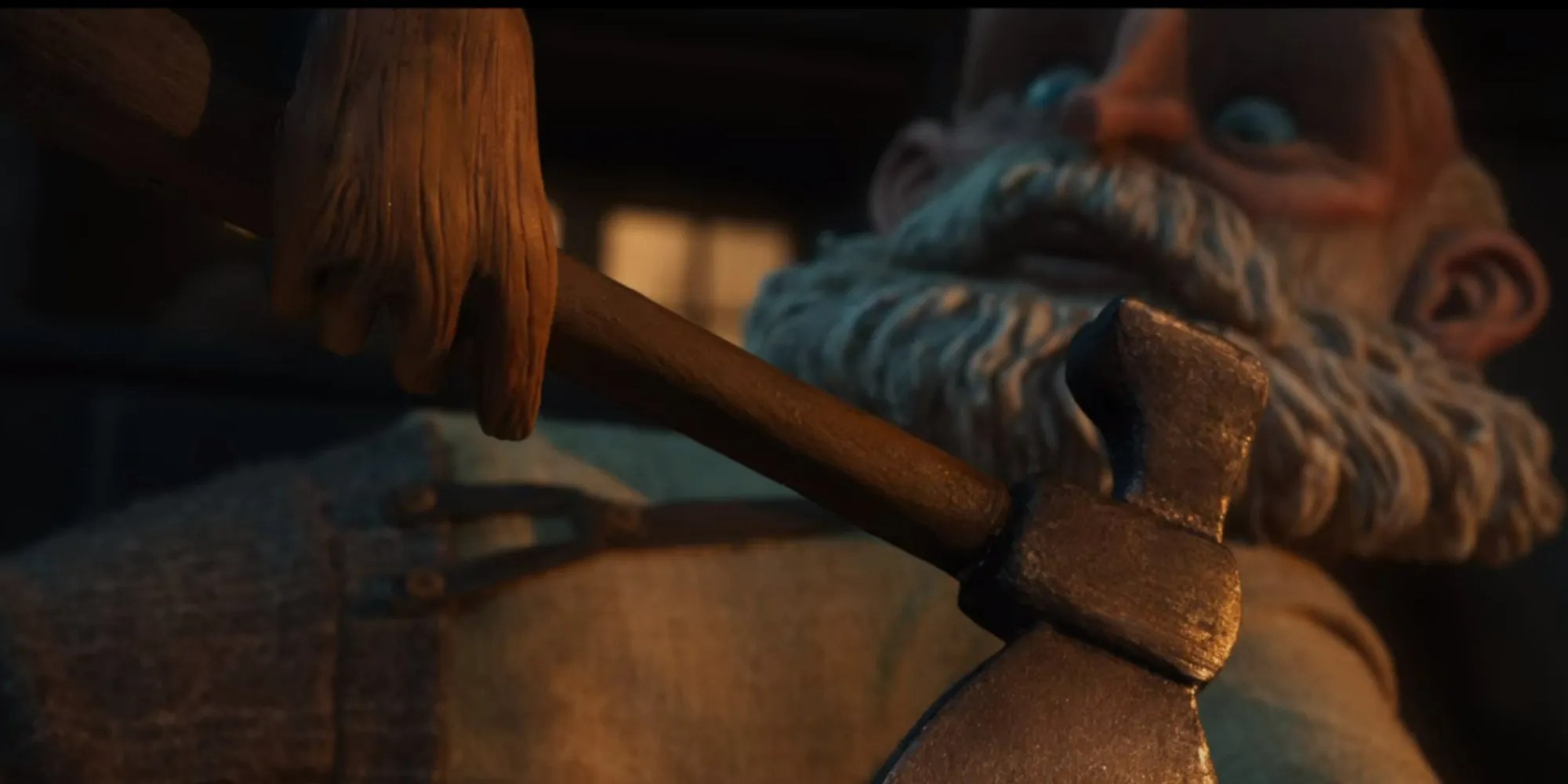
6The Curse Of Immortality
While death is not really touched upon in Disney’sPinocchio, it is a dominant theme in Toro’s tragic tale whereby the magical puppet uses the afterlife as a revolving door, never staying put for very long. While these scenes are rather comical, they touch on pressing issues asthe burden of his immortalitybecomes evident when those around Pinocchio start dying, with more permanent results.
RELATED:Every Parent That Has Died In A Disney Animated Movie
Having a gun waved in his face does little to phase the wooden wonderboy and getting carted off to war seems to be a minor inconvenience if anything, as death is nothing more than a time-out for Pinocchio. Unfortunately, everyone else doesn’t get the same treatment, the burden of which only becomes apparent to the puppet much later on.
5The Fox And The Cat
The main villains in the Disneyclassic are anthropomorphized animals named J. Worthington Foulfellow (aka “Honest John”) and a mostly mute Gideon. While Guillermo’s bad guys share a lot in common with the originals, their physical characteristics differ vastly.
In lieu of the cat, Cate Blanchett brings life to Spazzatura the monkey, (whose name is derived from Italian slang meaning “garbage”) who eventually ends up becoming one of Pinocchio’s closest allies. Count Volpe, on the other hand, is a man who is evil to the core, made even more sinister by the villainous voice ofthe incredible Christoph Waltz. Count Volpe’s death couldn’t be less Disney, as his last moments are quite vividly depicted and accompanied by a sickening “crunch” as his head smashes into the rocks below.
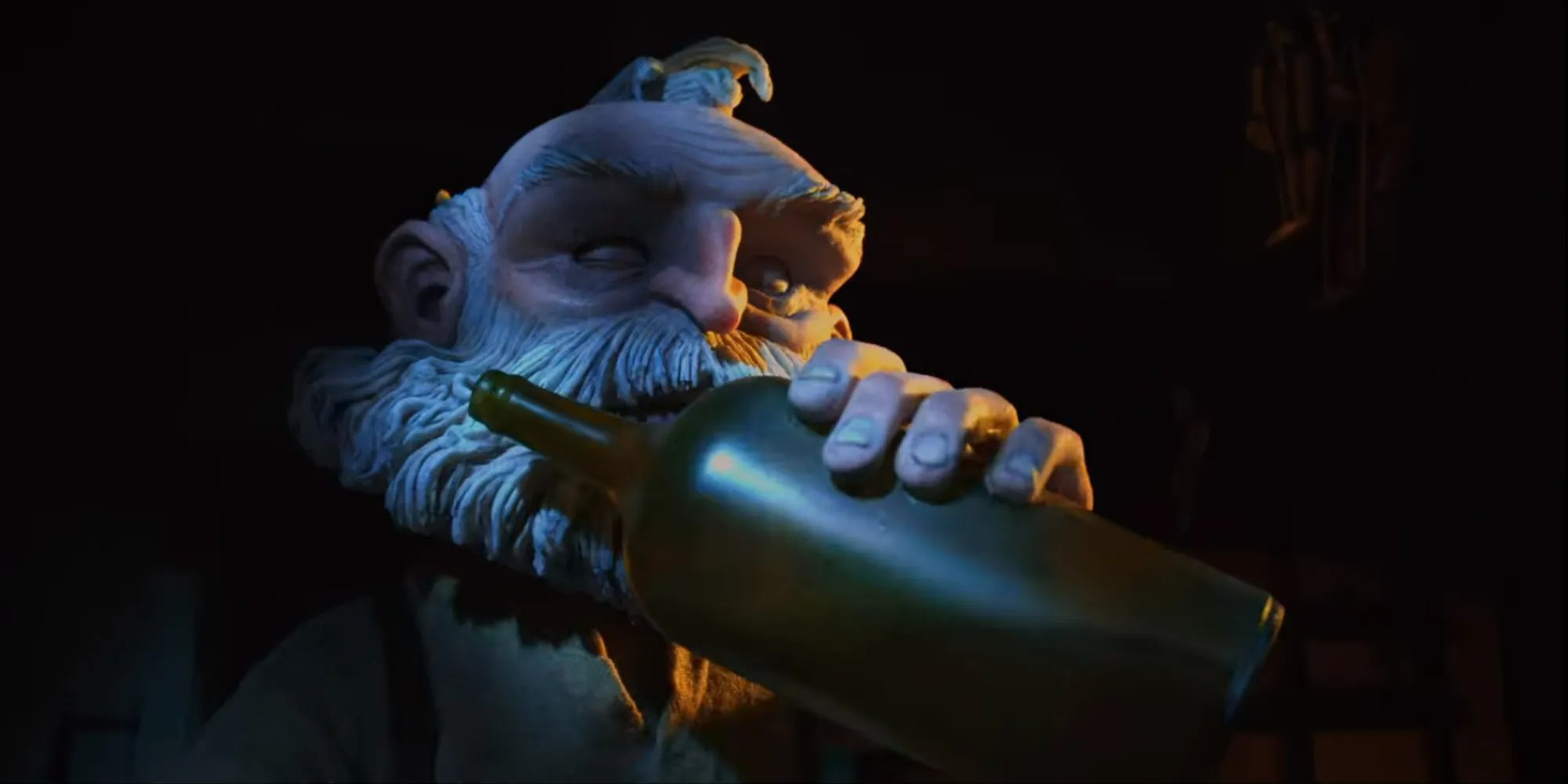
4The Time-Warping Soldier
While Pinocchio’s animated adventure takes place around the 1800s, Guillermo pushed a bit further ahead to set things up atthe start of World War I,when not long afterward the Italian Prime Minister-turned-dictator Benito Mussolini was at his peak. Mussolini, the Father of Fascism, ruled over his country with a heavy hand, happily teamed up with Hitler, and was seemingly not above recruiting children into his army.
After Pinocchio’s rather public death outside the Carnival, Geppetto struggles to explain away his sudden revival and can do little to stop the army from sniffing around. An invincible soldier is an invaluable asset, and Pinocchio is essentially kidnapped and sent to fight, with no concern paid to his personal safety whatsoever. Disney’sLand of Toys plot is swapped for a children’s boot camp, whereby the boys are not turned into donkeys, but child soldiers instead.

3Pinocchio Doesn’t Become A Real Boy
This time around, Pinocchio doesn’t become a real boy but remains in his wooden form for the entirety of the film. Due to his immortality, Pinocchio can never truly be human, as an impermanent life is what gives humanity the “upper hand” and makes them desperate to squeeze the most out of their menial existences.
RELATED:Disney’s Pinocchio: Things You Won’t See In The Live Action Remake
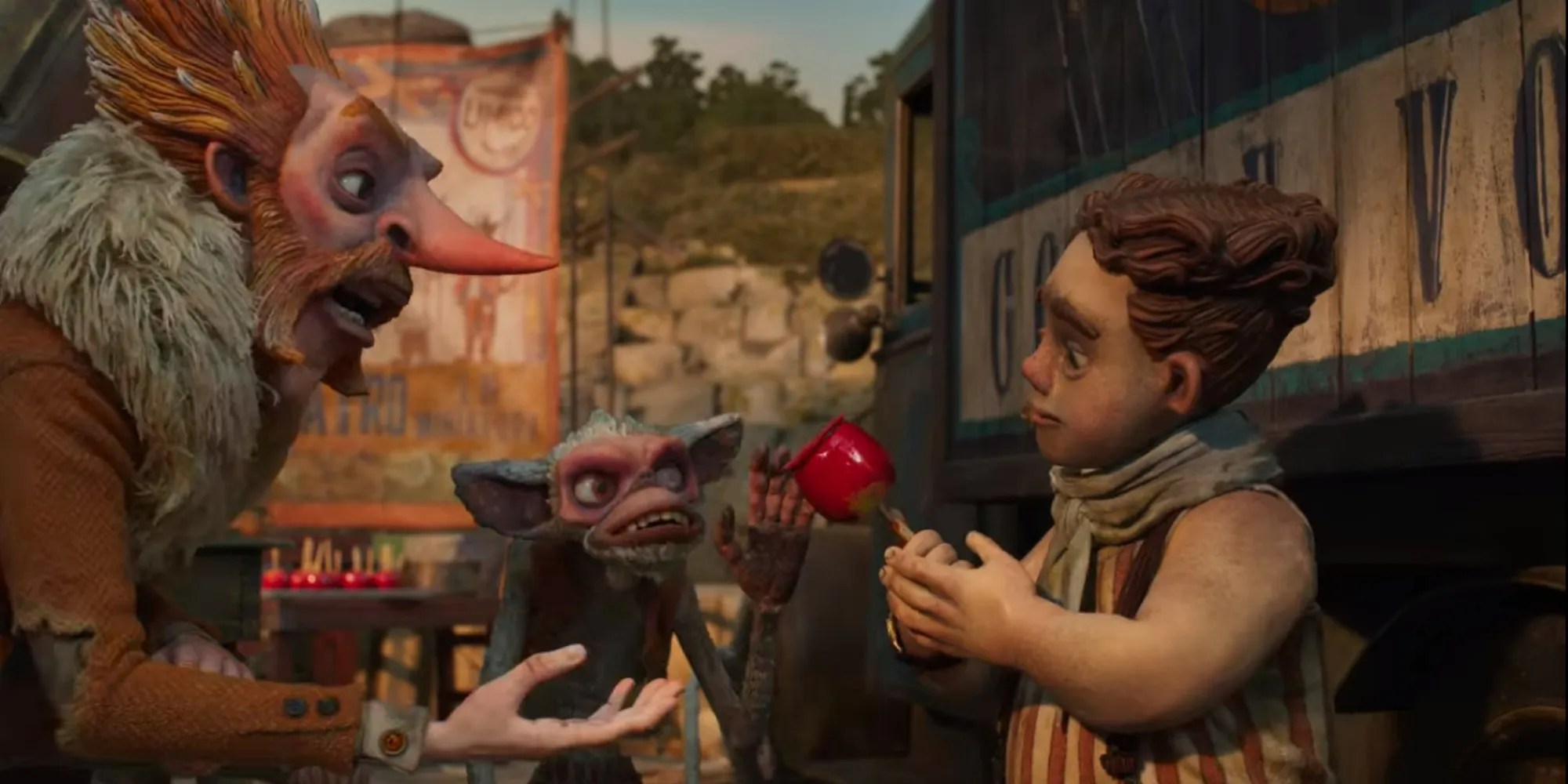
Finding a loophole of sorts, Pinocchio technically achieves his dream when his endless life is swapped for a chance to save his father, and the doting doll does not hesitate to sacrifice everything for Geppetto. Although his next death will be his last,the poor pine puppetoutlives all of his loved ones, begging the question: was Pinocchio bestowed with an extended lifespan, or just much younger and simply following the natural progression of things?
2Strong Religious Aspect
One would assume that Fascism and faith don’t go hand in hand,but as Guillermo clearly displays, the Church had a heavy hand in the state of affairs during Mussolini’s reign. Although Il Duce and the Roman Catholics butted heads in the beginning, they allied in 1929, subsequently elevating each others' statuses and taking even more authority away from the people.
The Church has just as much influence over this storyline as it did over society back in the day and, interestingly enough, Carlo would not have died in the first place if Gepetto hadn’t been carving that colossal crucifix. Pinocchio is also horrifically crucified by Count Volpe and set aflame, which is the type of content Disneywould definitely avoid.

1Mythological References
The not-so-scary whale that swallows Geppetto in the Disneyfilm is nowhere in sight and had been replaced by a monstrous sea creature that appears to have been pluckedstraight from H.P. Lovecraft’s mind,sending out strong Charybdis vibes.
This mythological aspect is shared among several characters, including the Fairy Godmother, who is now a Wood Sprite that appears to be modeled after a Greco-Romanharpy mixed with a Biblical seraphim, and Death, who has strong Egyptian Sphynx-like characteristics. Rabbits are also often associated with the underworld according to various lore from around the world.
